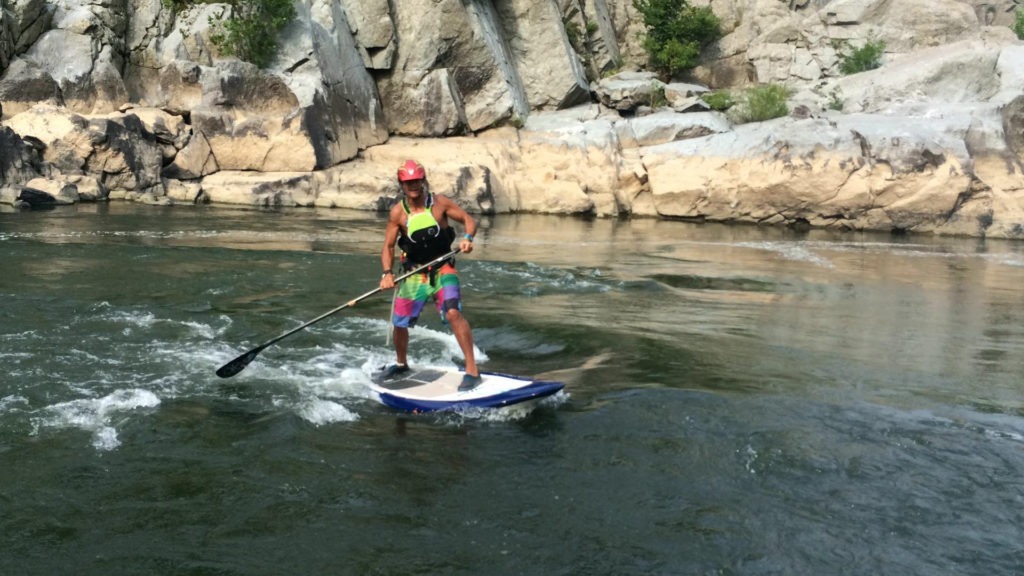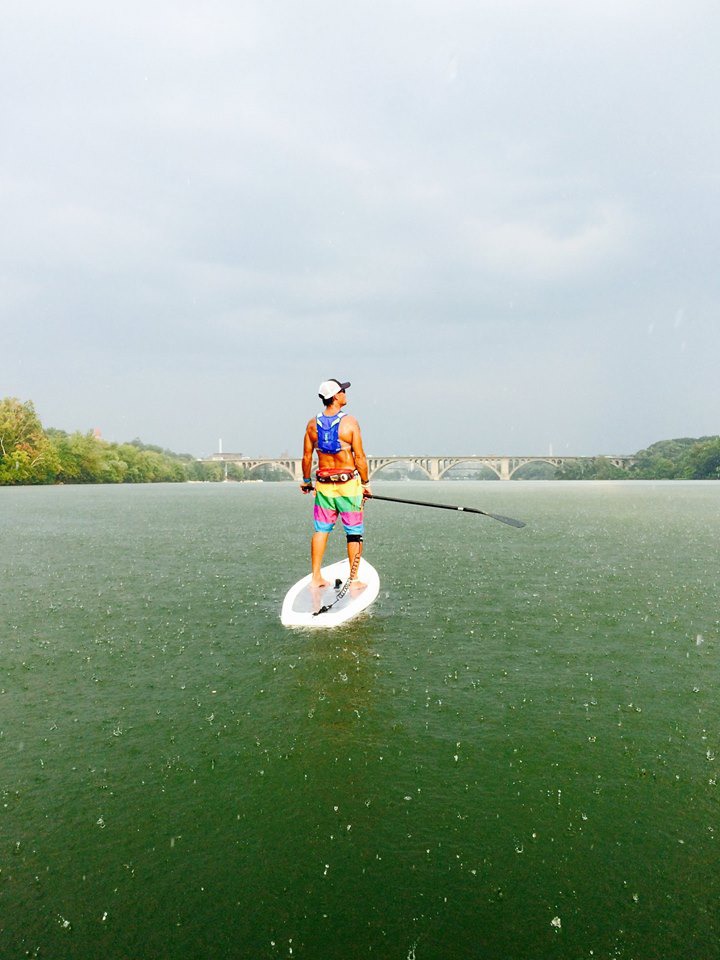Stand Up Paddle Board Safety Series
Scott Jorss June 2nd, 2016 Posted In: Articles Tags: SUP
Stand up paddle board (or SUP) is a fun sport that channels relaxed attitudes and cool vibes.
While this is one of the biggest draws of the sport, we can never take a vacation from safety. Safety isn’t always a fun thing to talk about. And for one of the newest and fastest growing sports in the world, we have to hold ourselves accountable so that no one regulates this sport for us.
What equipment do you need, when do you need it, and why? This first installment of my stand up paddle board safety series will lay the framework and future posts will get into more specifics.
Let’s talk in generalities: There are many essential pieces of gear to consider while SUPing, and leashes and personal floatation devices, or PFDs, are two of them.
PFDs
PFDs are not life jackets nor are they life savers. It’s important to remember that you’re in charge of your own safety when you’re out on the water, whether it’s knowing how to get back on your board if you fall off or understanding what moving water is safest. But, PFDs go a long way in ensuring your safety while you’re out having fun on your board.
You should always consult local laws and regulations before you paddle any body of water. But, in most cases, PFDs are mandatory. The U.S. Coast Guard classifies paddleboards as a craft, like a kayak or a canoe. Some laws say you don’t have to wear the PFD just that it has to be on your board.
I’ve never seen a board need to be rescued, though. And, unlike kayakers who eject from their craft at a close distance, SUPers can easily launch their board 20 feet away when falling off. So, let’s talk about the two types of PFDs that you should consider wearing: inherently buoyant and inflatable.
Inherently buoyant PFDs are typically vest-like and made of various foams that help keep you afloat. Inflatable PFDs are affixed to a belt that’s secured around your waist. They require you to pull a cord to inflate the actual PFD and secure it to your body. There’s a time and place for both of these PFD types and classes. More on that in future posts!
Never forget to have a whistle on your PFD in case of a personal emergency or someone else’s.
Leashes
Remember how I said SUPers can launch their board a great distance when falling off? Well, pair that with high winds and fast current and you’ve got a recipe for one lone swimmer in the middle of a big body of water.
Boards are the biggest PFD you have, and when you’re connected to one by your leash it means you can get back to your board and on it much faster. There are many types of leashes you can use, from coiled to straight, and quick-release to ankle strap. The style you choose will depend on the type of SUPing you do (think river running versus ocean surfing). Future posts will break down the type of leash you should use for each of these stand up paddle board activities.
Attire
In the event of an immersion, don’t forget that your attire is big part of your paddling safety. Wetsuits, drysuits, and base layer clothing, like rash guards, can mean the difference between having a good time on the water or having a short excursion and a potentially dangerous situation rise.
Wetsuits and drysuits can be worn during more extreme air and water temperatures when you need to protect yourself from a big case of the chills, or even potential hypothermia. Check out this post for a more detailed look at insulation options.
Rash guards are not only a good base layer for wetsuits and drysuits, but they also offer sun protection. The water reflects UV rays even on overcast days, and I think we all know the importance of guarding against that UV damage.
Safety talks like these aren’t meant to scare those who enjoy stand up paddle board. We want to grow the sport and we don’t want to see people put themselves in jeopardy. If we don’t keep this new sport safe, we may not have a sport to enjoy.
Additional safety resources:
American Canoe Association
United States Coast Guard




I think a lot of people underestimate the need for a SUP leash. You can be separated from your board in the blink of an eye if the current are even kind of fast.
Hey River Rat! We agree, you can never be too prepared! You should always be aware of the conditions and the possibilities of what can happen around you! Practice safety, preventative measures and good judgement!